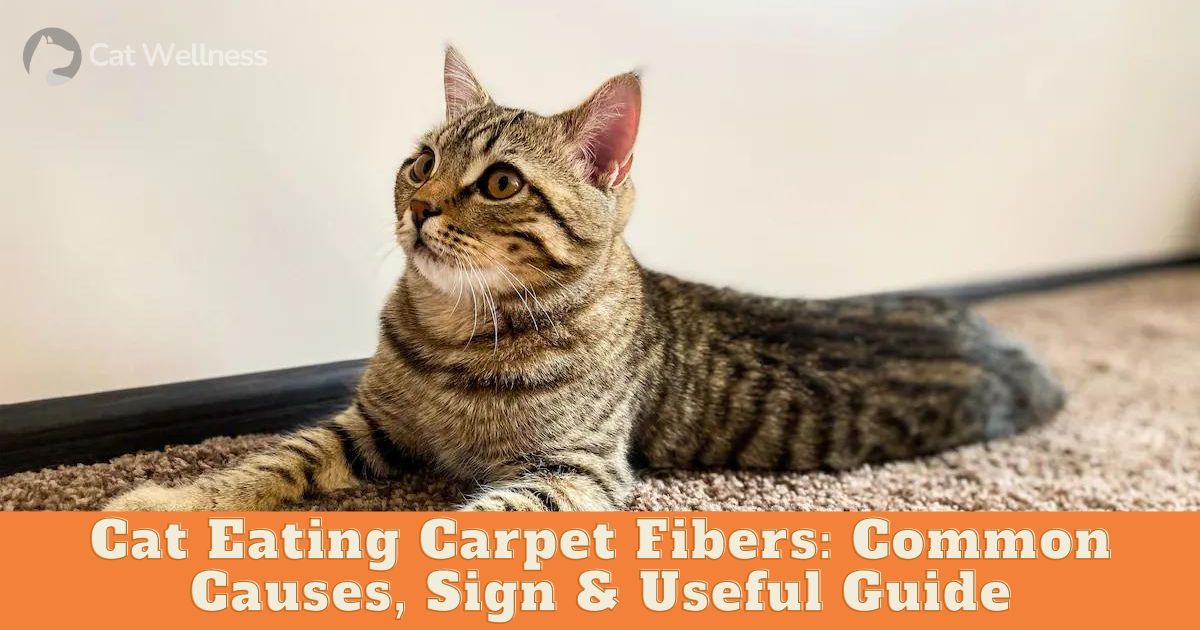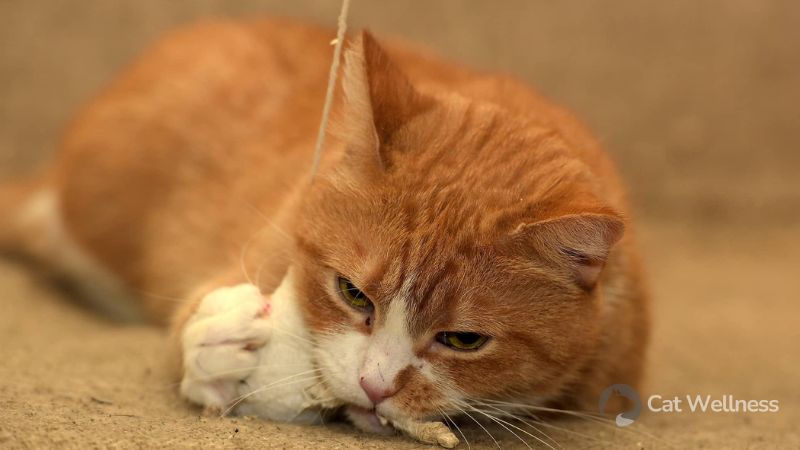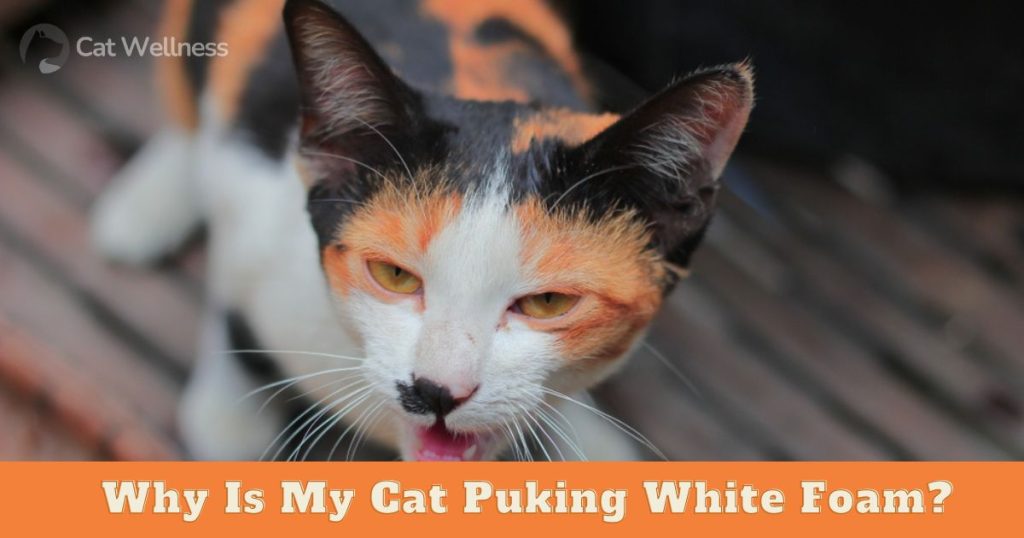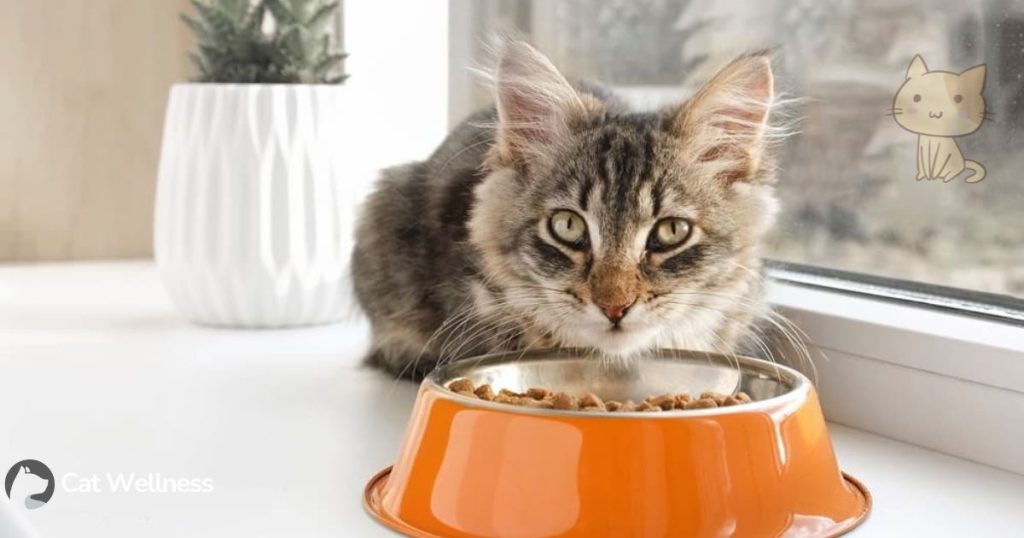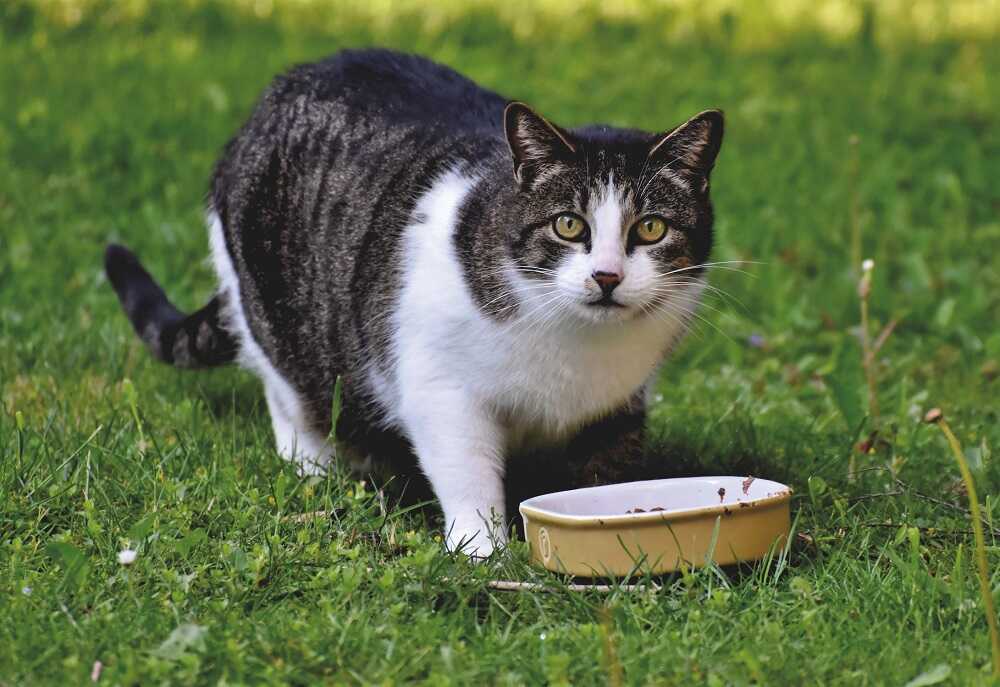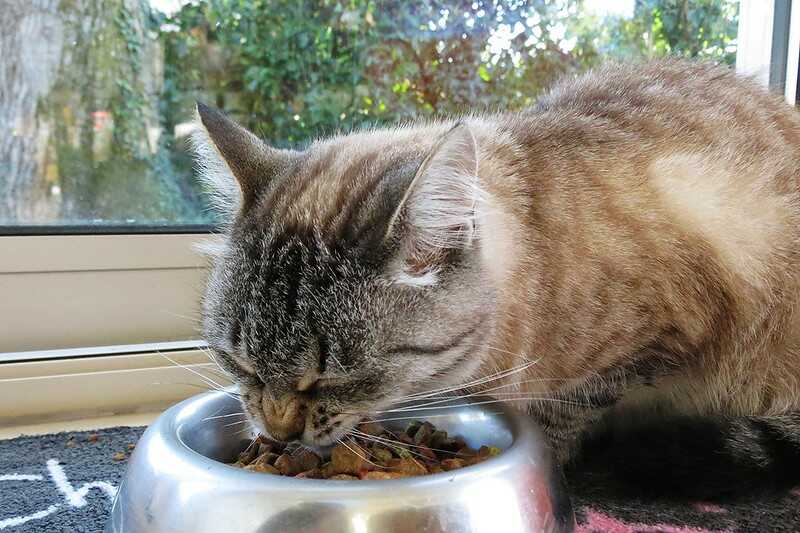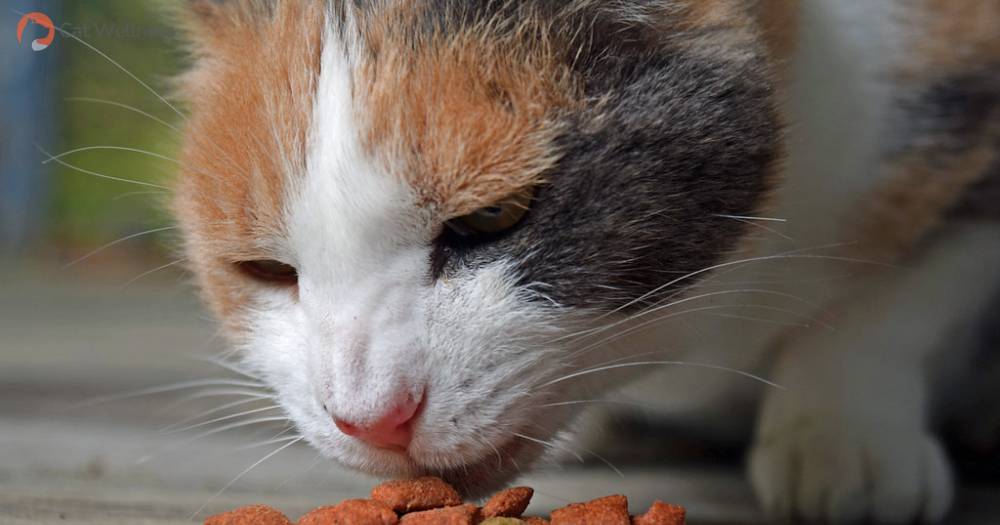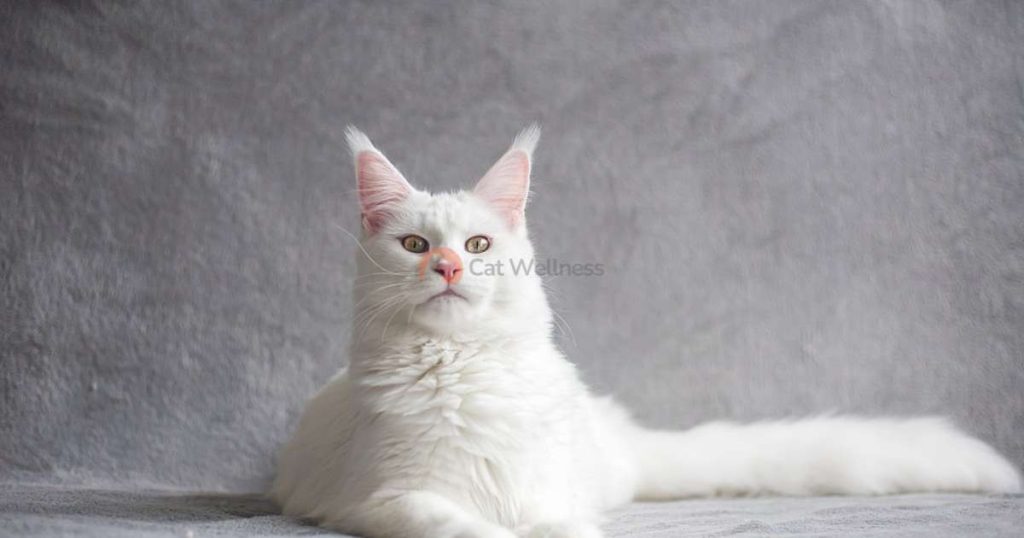Cats can be fascinating and enigmatic creatures with unique personalities and quirks. However, one concerning behaviour that some cats exhibit is the consumption of carpet fibres. This unusual habit, known as ‘cat-eating carpet fibers,’ can pose serious health risks to your feline friend.
In this article, we will explore the detailed reasons behind this behaviour and discover potential solutions to address it, ensuring the well-being of your beloved cat.
Why is Your Cat Eating Carpet Fibers?
Cat eating carpet fibers might be the typical sigh of Pica, which can be triggered by various factors like nutritional deficiencies or anxiety, teething, and early weaning. Managing pica involves potential interventions like altering the cat’s diet and adjusting its environment.
Now, let’s dive into details on each common reason for this sign:
Nutritional Deficiency
When your cat doesn’t receive adequate nutrition from its food, it might resort to consuming non-food items to compensate for the lack of essential nutrients. However, this behavior is unhealthy for your cat, as it doesn’t provide the necessary nutritional value. If you notice your cat isn’t receiving enough nutrients, it’s advisable to consult your veterinarian about modifying their diet.
Lack Of Enrichment
Sometimes, cats may eat non-food objects because they do not receive sufficient mental and physical stimulation in their daily lives. If your cat is consistently bored, it may use chewing and ingesting household items to alleviate it. Fortunately, you can help prevent this behaviour by ensuring your cat has access to a suitable scratching post and plenty of playtime daily.
Related Post: Why Are Cats so Retarded? Metal Explain
Anxiety
Cat anxiety can also contribute to pica in felines, leading them to engage in unusual behaviours such as chewing and eating inappropriate objects. If your cat is experiencing anxiety, it’s advisable to consult your veterinarian for guidance on alleviating anxiety and creating a more comfortable home environment.
Your vet may recommend medication or suggest environmental and behavioural modifications to help your cat remain calm.
Teething
Cats go through a teething phase similar to humans, during which it’s normal for them to chew on various objects. You may observe your cat chewing on blankets or stuffed toys during this period, which is a typical behavior. However, if your cat continues this behaviour long after the teething stage, it’s a sign that you should seek advice from a veterinarian.
Typically, teething occurs in cats between 10 weeks and 6 months. If your cat is teething at a much older age, it could indicate an underlying issue such as pica or oral health problems.
Early Weaning
Kittens that are weaned off milk too early may display symptoms of pica. If you are raising a young kitten, it’s essential to consult with a veterinarian before making any decisions regarding weaning. Your vet can guide the weaning process and advise you on the appropriate timing.
How to Address “Cat eating carpet fibers”
Managing your cat’s tendency to consume non-food items like carpets requires a multifaceted approach. Here’s a comprehensive list of strategies:
Dietary Changes
Gradually transition your cat to a more balanced diet. Cats can be picky eaters, so introduce new food slowly to avoid digestive issues. Mix a small amount of the new food with the old, then incrementally increase the new food portion over time.
Environmental Adjustments
Modify your home environment to discourage this behaviour. Removing all carpeting is usually optional. Instead, provide more attention and playtime for your cat. Offer appropriate chew toys as a substitute for carpet chewing. A scratching post is a must-have for all cats, and interactive toys or puzzle feeders can provide mental stimulation.
Window Entertainment
Cats enjoy observing the outside world. Consider placing a cat tree or window perch in front of a window to allow your cat to watch birds and squirrels comfortably. You can also set up a bird feeder outside the window for entertainment.
Related Post: Can Wet Food Cause Diarrhea in Cats? Uncover the Truth
Reduce Anxiety and Stress
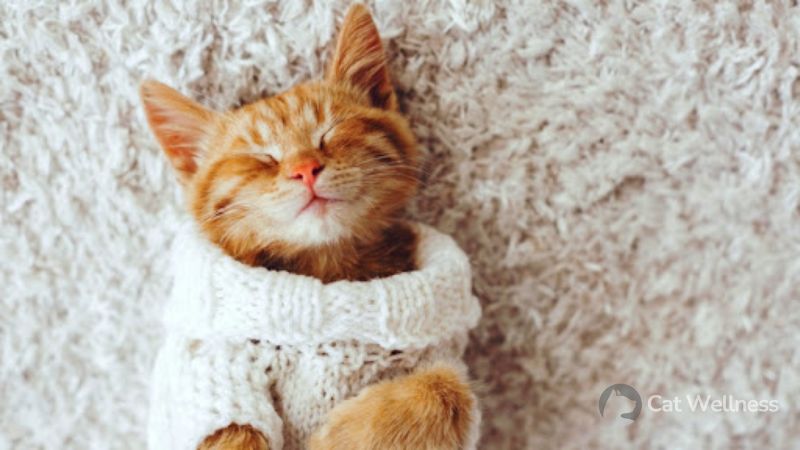
Some cats respond well to catnip, a distraction and stress reducer. Not all cats react to catnip, but it’s worth a try. Catnip-filled toys can be enticing.
Make the Carpet Less Appealing
Discourage chewing by sprinkling black pepper at the edges of the carpet, especially where loose threads tempt your cat. You can also place small bowls of lemon rind nearby, as cats dislike the scent of citrus. While these solutions may not be aesthetically pleasing, they could help deter your cat.
Consult an Animal Behaviorist
If the issue persists, consider seeking guidance from an animal behaviourist. They can assess the underlying reasons for your cat’s behavior and provide effective training and distraction techniques.
Medication
In severe cases, your veterinarian may recommend antidepressants or anti-anxiety medication to address compulsive carpet-eating behavior. However, these medications do not always yield positive results, so consult your veterinarian to determine if they suit your cat.
Determining When to Seek Veterinary Care for Your Cat
Monitoring your cat closely is crucial if you observe your feline companion ingesting carpet fibres. Have a discussion with your vet regarding the situation. While some foreign objects can pass through a cat’s digestive system harmlessly, carpet fibres can potentially create an intestinal blockage, which constitutes a medical emergency.
Be on the lookout for the following symptoms:
- Loss of appetite
- Episodes of vomiting
- Absence of bowel movements
- Struggles during defecation
- Diarrhea
Should any of these signs manifest, promptly contact your veterinarian. If it occurs outside of regular office hours, immediately rush your cat to a 24-hour emergency animal hospital.
FAQs
Is it harmful if my cat eats carpet fibers?
Yes, ingesting carpet fibers can be harmful to your cat. They are not digestible and can lead to gastrointestinal issues, blockages, or dental problems.
What should I do if I catch my cat eating carpet fibers?
If you catch your cat eating carpet fibers, try to discourage the behavior immediately. Gently remove the fibres from their mouth and redirect their attention with toys or treats.
Could my cat’s diet be causing them to eat carpet fibers?
Inadequate nutrition or dietary deficiencies could lead to unusual behaviors in cats, including eating non-food items. Consult your vet to ensure your cat’s diet is balanced.
Can stress or anxiety cause a cat to eat carpet fibers?
Stress or anxiety can lead to pica, where cats eat non-food items like carpet fibers. Identifying and addressing the underlying stressors can help resolve the behavior.
Is there a risk of my cat getting sick from eating carpet fibers?
Yes, gastrointestinal issues or blockages are at risk if your cat ingests carpet fibres. Monitor your cat for signs of illness, such as vomiting, diarrhea, or lethargy.
How can I prevent my cat from eating carpet fibers?
To prevent this behavior, provide your cat with plenty of toys and playtime to stimulate them mentally and physically. Use cat-friendly deterrents on the carpet and consult a vet for guidance.
Conclusion
In conclusion, addressing the issue of a cat eating carpet fibers requires diligent efforts to identify the underlying cause with the help of a veterinarian and implementing suggested solutions.
While recovery is possible for many cats, it’s essential to monitor them closely for any potential health issues. Keeping contact information for your veterinarian and an emergency animal hospital readily available is crucial in case of any unforeseen emergencies.
Recommended Reading

